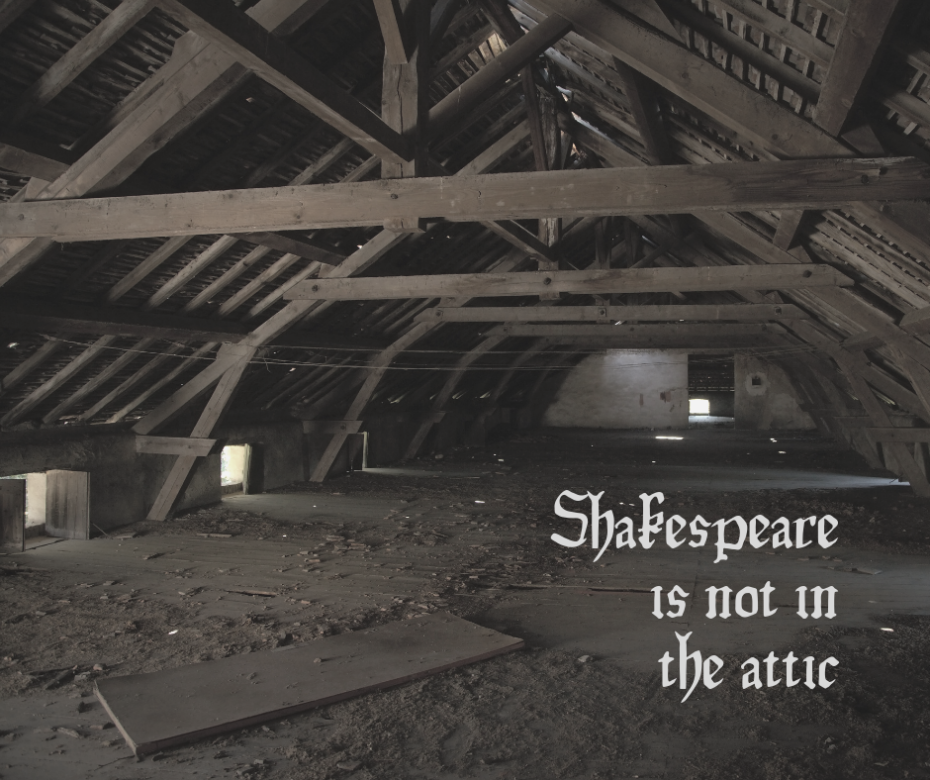In the beginning God created the heavens and the earth (Genesis 1:1).
In the beginning—before the beginning of you, me, or anything else—God existed.
But where?
And how?
And what does it mean for God to exist?
Is God just another thing in the universe?
Some people think so.
In 1961, Yuri Gagarin became the first man to journey into space. At the time, Gagarin was quoted as having said, “I see no God up here,” as if that was a devastating proof for atheism. It turns out the quote was clever propaganda. In fact, Gagarin was a Russian Orthodox Christian, not an atheist. He would never have said that. So who invented the quote? Nikita Khrushchev, the First Secretary of the Community Party. At a plenary meeting of the Central Committee to promote anti-religious propaganda, Khrushchev said “Why are you clinging to God? Here Gagarin flew into space and didn’t see God.”
Think about that question.
What kind of God was Khrushchev imagining?
Did he think God “existed” as just another physical object in space?
As in, “There’s the moon,
and here’s a satellite,
and I think that might be God hiding behind the sun over there”?
That’s not how God exists.
He’s not just another thing in the universe.
In other words, God is the Creator, not a creature. His existence transcends creation.
Think of a painting.
Have you ever seen Vincent Van Gogh’s The Starry Night? It depicts a swirly, curling, whirling evening of exploding stars over a quaint French village. Beautiful. Would you ever make the mistake of thinking that Van Gogh actually existed inside that painting? Of course not. Van Gogh painted the canvas. He isn’t part of it himself. You know the artist’s existence transcends his art.
Likewise,
God is the Painter, not the painting.
God’s existence transcends creation. He is outside of it, not in it.
As C. S. Lewis said, thinking a cosmonaut could find God in orbit around the earth is like thinking Hamlet could find Shakespeare in the attic of his castle.


